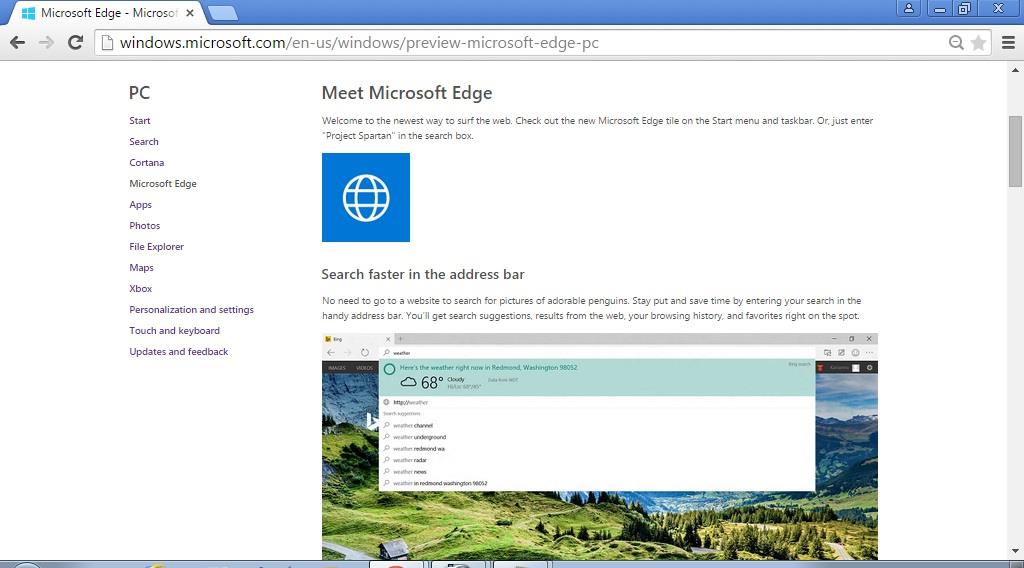

Some details about how Microsoft will keep Extended Stable secure are still cloudy. The eight-week interval is thus opt-in, with the opting requiring use of the as-yet-undocumented TargetChannel group policy on the part of admins, or alternately, Intune from the Microsoft Endpoint Manager. 98 and so on for Edge.īy default, Edge will update automatically every four weeks. The next Extended Stable releases will then be v. Obviously, a sop to enterprise IT admins unhappy at the idea of a sped-up update tempo, Extended Stable releases will occur at every even-numbered version. Starting with version 94, Chrome and Edge will also offer what’s called an “Extended Stable” release that will use an eight-week interval rather than the default four. Meanwhile, Microsoft will launch Edge 94 on Sept. The first in the four-week cycle will be version 94 of both Chrome and Edge. Microsoft has begun prepping enterprises that may want to switch to an optional slower release cadence for the company’s Edge browser.Įarlier this year, Microsoft announced that Edge, which relies on the same core Chromium technologies as Google’s Chrome, would follow that rival in shortening the interval between releases to four weeks. But companies who see that pace as too quick will have another option. By default, Edge is set to automatically get updates every four weeks beginning later this year.


 0 kommentar(er)
0 kommentar(er)
